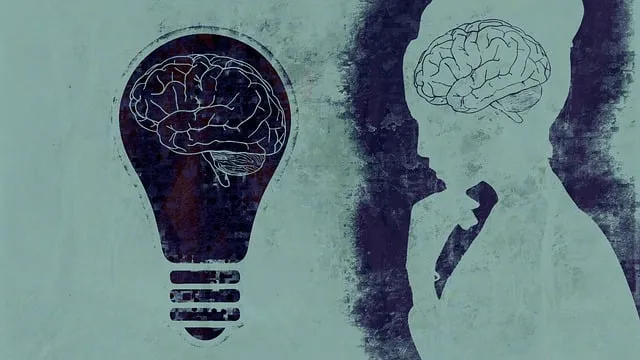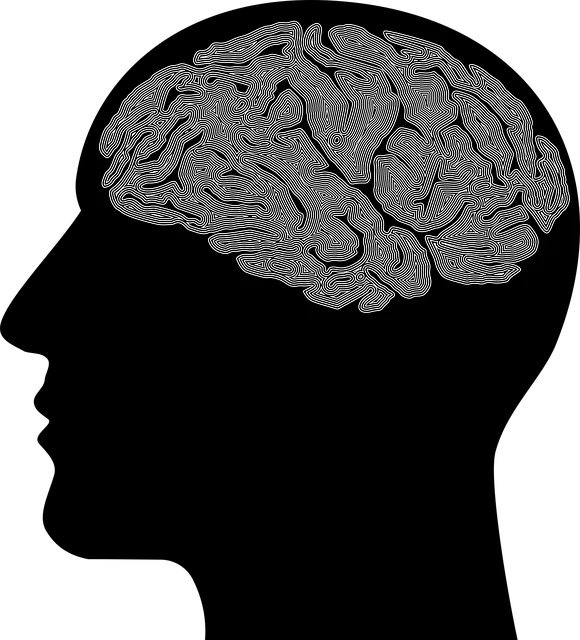Mental wellness apps are gaining popularity as tools for enhancing well-being, with the Kaiser Permanente behavioral health center in Highlands Ranch leading the way by integrating community resources into digital platforms. These apps cater to users managing stress, anxiety, or depression and offer coaching programs encouraging active participation in mental health journeys. Key features include daily mood tracking, mindfulness exercises, personalized meditation guides, compassion cultivation practices (like gratitude journals), and strong privacy, security, and accessibility measures. By prioritizing these aspects, mental wellness apps can support burnout prevention for healthcare providers while fostering inclusivity and wide adoption.
Mental wellness apps are gaining prominence as essential tools for supporting individual well-being. With growing awareness of mental health issues, these applications offer accessible resources and therapy aids, much needed in today’s fast-paced world. This article explores the development of such apps, focusing on community integration, engaging design, and privacy safeguards. By examining real-world examples like the Kaiser Permanente behavioral health center in Highlands Ranch, we uncover best practices for creating effective mental wellness solutions that cater to diverse user needs.
- Understanding the Need for Mental Wellness Apps: A Focus on Community Resources
- Designing Effective Features for User Engagement and Therapy Support
- Ensuring Privacy, Security, and Accessibility in Mental Health App Development
Understanding the Need for Mental Wellness Apps: A Focus on Community Resources

In today’s fast-paced world, mental wellness is a critical aspect of overall health that often demands specialized attention. This need has sparked the development and growing popularity of mental wellness apps, which offer accessible and personalized support to individuals seeking better cognitive well-being. One prominent example is the Kaiser Permanente behavioral health center in Highlands Ranch, showcasing the integration of community resources into digital platforms.
These apps cater to a wide range of users, from those managing stress and anxiety to individuals striving for depression prevention. The incorporation of mental wellness coaching programs within these applications empowers users with tools and techniques, enabling them to actively participate in their journey towards improved mental health. By leveraging technology, Mental Wellness Coaching Programs Development becomes more inclusive, offering discreet and convenient support that can reach a broader audience, including those who may not traditionally access behavioral health services.
Designing Effective Features for User Engagement and Therapy Support

In developing a mental wellness app, designing effective features that foster user engagement and support therapy is paramount. Incorporating interactive elements such as daily mood tracking, mindfulness exercises, and personalized meditation guides can encourage consistent use and enhance users’ emotional healing processes. These features not only help individuals monitor their mental health but also provide practical tools for stress management, aligning with the offerings at the Kaiser Permanente behavioral health center Highlands Ranch.
Moreover, integrating features that support compassion cultivation practices, such as gratitude journals and positive affirmation prompts, can significantly contribute to overall well-being. By engaging users in these emotional healing processes, the app can create a safe space for self-reflection and personal growth. This approach is consistent with the philosophy of Stress Management Workshops Organization, which emphasizes the importance of at-home practices in complementing professional care.
Ensuring Privacy, Security, and Accessibility in Mental Health App Development

In the realm of mental wellness app development, privacy, security, and accessibility are paramount. Users, especially those seeking sensitive behavioral health services, like those offered by the Kaiser Permanente behavioral health center in Highlands Ranch, entrust their personal and medical information to these digital tools. Therefore, developers must prioritize robust data encryption, secure storage protocols, and transparent privacy policies to safeguard user confidentiality.
Integrating accessibility features is equally vital to ensure that mental wellness apps are inclusive. Incorporating design considerations for users with disabilities, such as those outlined in the Web Content Accessibility Guidelines (WCAG), aligns with the Mind Over Matter principles of promoting mental health for all. Similarly, implementing features that cater to diverse cultural needs and languages can foster broader adoption of these essential tools, even for those who may be hesitant to engage in traditional healthcare settings, ultimately contributing to effective Burnout Prevention Strategies for Healthcare Providers.
Mental wellness apps have emerged as a vital resource, bridging the gap between traditional therapy and community support. By incorporating engaging features, prioritizing user privacy and accessibility, and learning from centers like the Kaiser Permanente behavioral health center in Highlands Ranch, developers can create effective tools to enhance mental health. These apps offer personalized support, foster communities of care, and have the potential to revolutionize access to behavioral health services.






